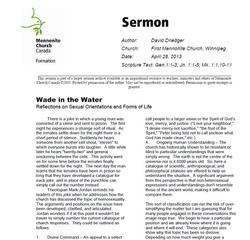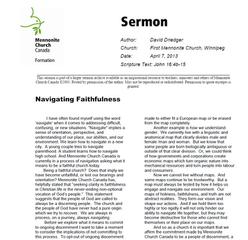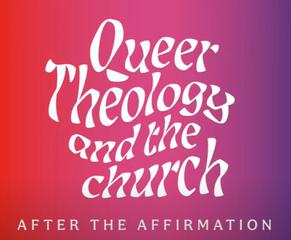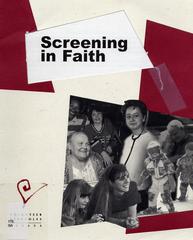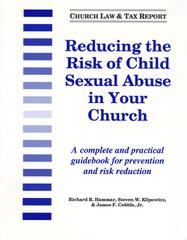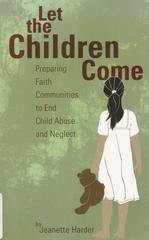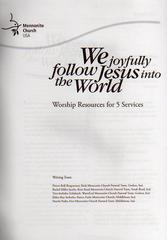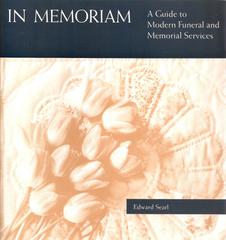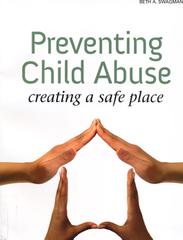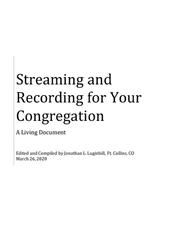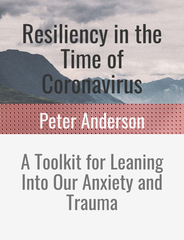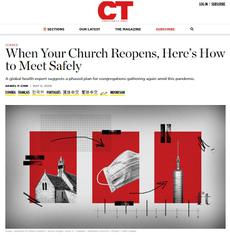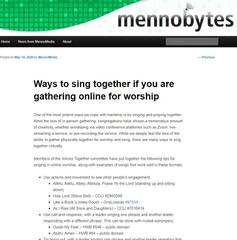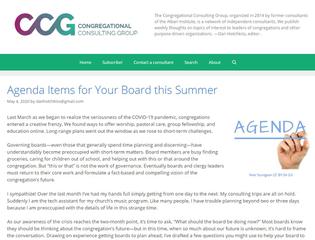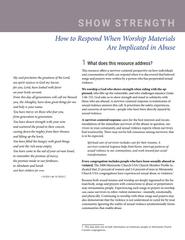A Guide to Responding to Congregational Sexual Harassment and Abuse
While churches are meant to be safe places of worship, refuge, community and connection, we know that churches are comprised of imperfect human beings, and that situations of sexual harassment and harm occur with more frequency than most realize. With the rise of the #MeToo and #ChurchToo movement, more individuals are starting to speak about experiences of sexual harm in their lives, including in the life of the church. That said, those harmed still face many barriers when it comes to disclosing uncomfortable or violating experiences, especially within church settings. These barriers are often due to fear — fear of not being believed, of hurting the person who acted harmfully, of creating division and conflict, of an investigation, or of retaliation (to name a few). Most often, those violated just want the situation to stop and for the impact to go away.
This resource is informed by the principles of survivor-centred care, recognizing that when the needs of those harmed are prioritized there is a greater likelihood that healing will take place and less of a likelihood that a formal, investigative process will need to occur. Adjudicative processes that mimic justice system proceedings are rarely restorative for either party and continue to be a barrier for reporting. While formal investigations are necessary in certain situations (e.g. clergy sexual misconduct), this guide explores various ways to support individuals reporting sexual harm, offering intervention strategies in cases where the harm-doer is a fellow congregant.
| Type | |
| Genre | Handbook/Guide |
| Expression | General Writing/Recording |
| Topic | General Abuse Response & Prevention, Safe Church Policy |
| Audience | Leaders |
| Language | English |
| Publisher | Mennonite Central Committee Manitoba |

Please provide your contact information. We will check this item's availability and get back to you soon with the price and expected time of delivery.


